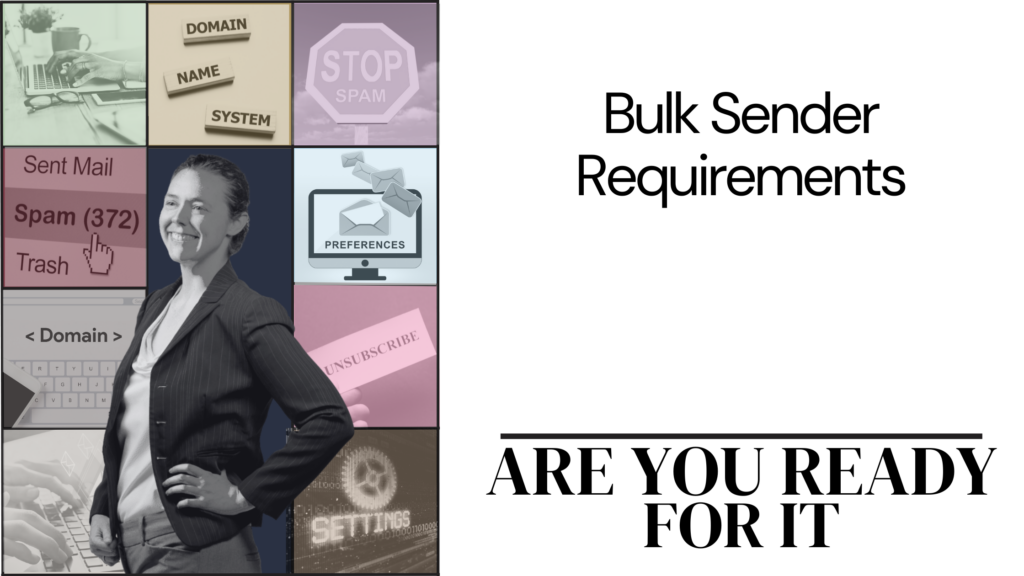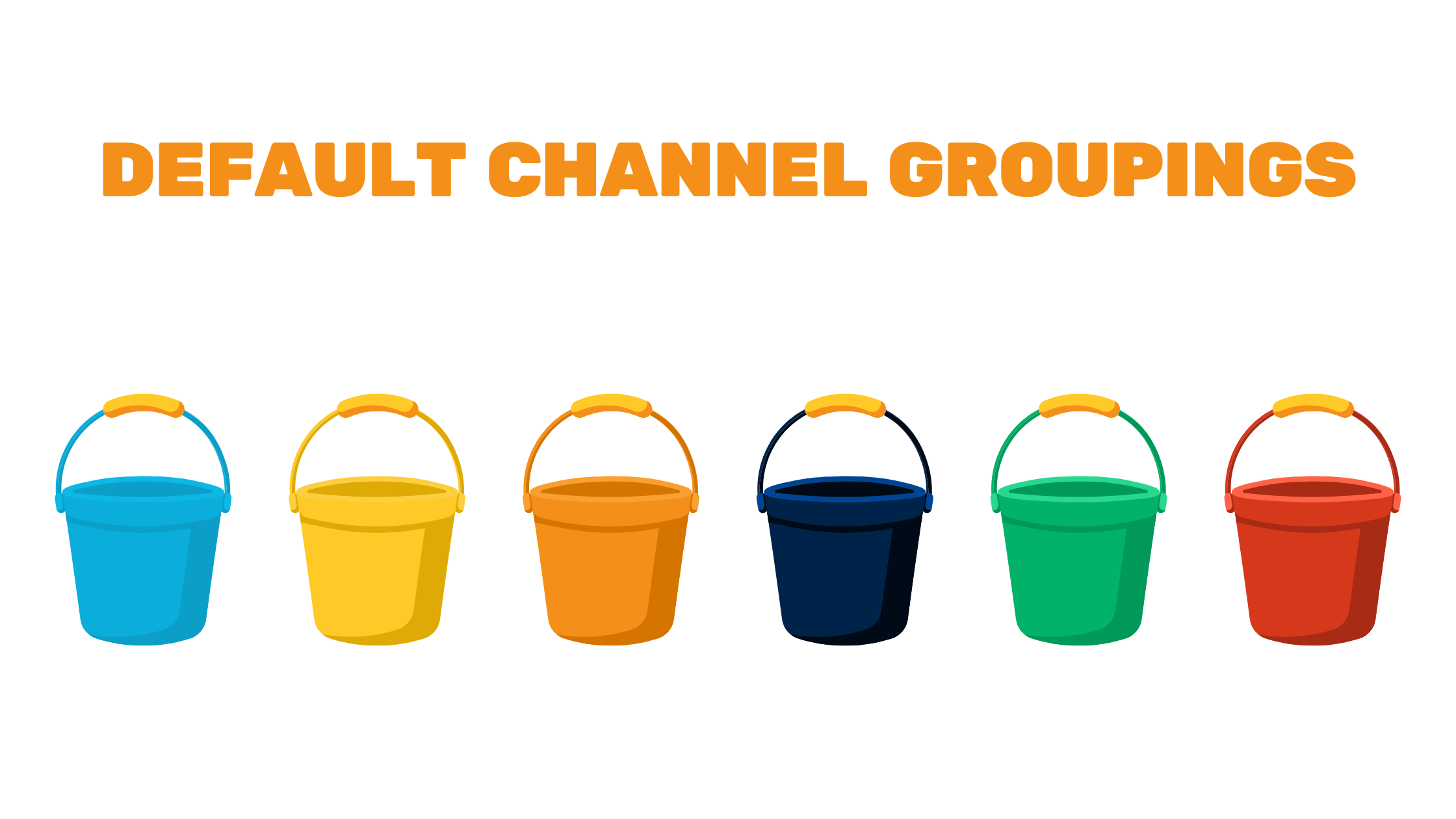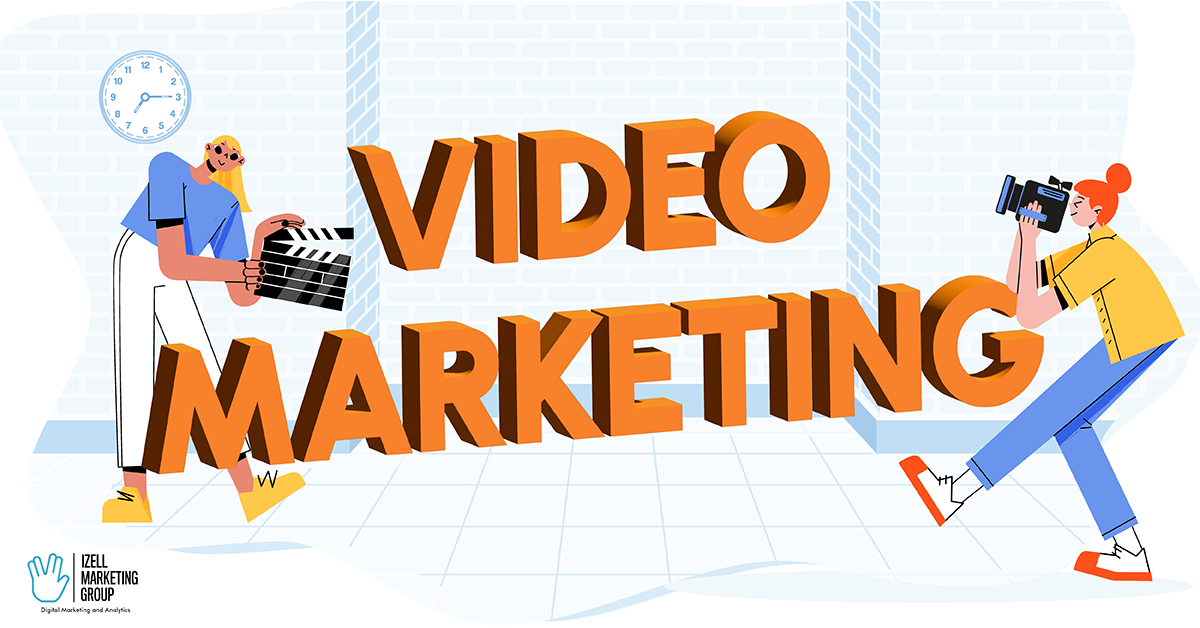On February 1, Google and Yahoo will begin enforcing some new standards for bulk senders. This might sound scary, but the new requirements are actually longstanding best practices. You may already be following them!
Since Google and Yahoo users likely make up a significant portion of your email subscribers, it’s very important to meet these requirements so your emails are seen and not flagged as spam.
Here are the new requirements:
Offer One-Click Unsubscribe
Hopefully, you’re already doing this; marketing behaviors should always be informed by respect for the user. It’s not just good etiquette now though, it’s a requirement! This goes beyond having the option to unsubscribe in the footer; this is a feature that powers the easy unsubscribe option that your subscribers will see at the tip-top of the email. Let’s take a look at how it appears in my Gmail inbox:
If you’re using a reputable email marketing platform, you’ll likely find this feature has already been in place, and you don’t have to take any additional steps.
Keep Spam Complaint Rates Low
We hope your spam complaint rate is already low! Google and Yahoo have their own internal calculations for how frequently their users are reporting emails sent from you as spam. If it goes above 0.3% for Yahoo users, your deliverability to Yahoo email addresses will be impacted, and you’ll start landing in their spam folders. Google is a little more vague, saying, “We’ll enforce a clear spam rate threshold that senders must stay under to ensure Gmail recipients aren’t bombarded with unwanted messages.” While they aren’t clear on the exact rate, this threshold is likely aligned with what Yahoo says.
Take a look at your spam complaint reports in your email platform, and especially take a look by platform if that reporting option is offered. If you find that your spam complaint rate is too high, you will need to audit the entire email process, including the following strategies:
How You’re Subscribing New Contacts
Make sure you’re subscribing only those who consent, and make that more intentional. You can add double opt-in to add an additional layer of intention to this process. Don’t ever buy contact lists; while it may not be explicitly illegal (but I am not a lawyer), this is simply not a good strategy for getting results, and it is probably a violation of your platform’s terms of service.
How You’re Cleaning Your Email List
There are so many good strategies to keep your list full of engaged and intentional users only. Unsubscribing those who aren’t interested anymore keeps your open, unsubscribe, and spam complaint rates healthy, and this may even save you money on your email provider fees if you’re paying per contact. Consider a Sunset/Winback automation for unengaged users, and unsubscribe those who continue to be unengaged.
How You’re Segmenting Your Email List
Don’t just send to everyone who is subscribed. Create targeted segments by signaled intention and previous engagement. Consider factors like how many emails have they opened in the past month, how long has it been since their last purchase, and have they browsed on the website lately – the possibilities for segmentation are endless! Your engagement rates and deliverability will show the results of your thoughtful segmentation.
Authenticate Your Sending Domain
I saved the hardest for last, but don’t be scared! Basically, you need to take some technical steps to signal that you own and have the authority to send emails that are “from” the domain you’re using to send. Emails that don’t have these steps will likely be sent to spam.
Let’s take a look at a recent phishing email I received:
This email, while pretending to be from a cryptocurrency settlement, appears to be sent from the domain of a newspaper in Arkansas. This scam is taking advantage of the sender reputation of the newspaper in order to not be sent to spam.
The new protections will essentially signal that the email being sent from the domain has permission to be sent from that domain, and those without this signal in place will be sent to spam. This prevents a scammer from creating an email marketing account using your domain and blasting your users with spam or phishing emails.
Previous methods of using an email platform’s internal authentication will no longer be as effective. Here’s an example of that:
See how this email appears to be “from” the domain cbmp.com, but the authenticated domain is actually a Constant Contact domain? If you’re using this method in your marketing, you need to look for your platform’s instructions on adding a “branded domain,” “authenticating your domain,” or something similar.
These authentication changes are most likely to affect bulk senders (those who email more than 5000 Gmail users or 5000 Yahoo users in 1 day), but it’s a good practice for all senders to go ahead and send from their custom domain with the correct authentications in place. The instructions for this will vary by platform, but they will likely involve adding DNS records, setting a DMARC policy, and using SPF or DKIM to prevent email spoofing.
Don’t forget to consider your ecommerce platforms as well. If, for example, you’re using Klaviyo for your email marketing and Shopify for your online store (and transactional emails), you’ll need to take steps in both platforms to allow each to send authenticated emails on your behalf.
Your Next Steps
We’ve got your back! We’ve curated step-by-step guides tailored to the most popular email platforms and made it easy for you to implement these changes seamlessly. Our dedicated team is ready to assist and guide our clients through this process because getting it right is essential to keep your emails out of the dreaded spam folder. Stay ahead of the curve, and let’s ensure your email game remains strong! Schedule a call with us to learn how we can help.
More of DIY kind of email marketer?
Here are some handy links to guide you:





